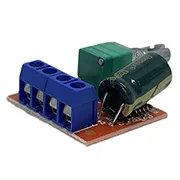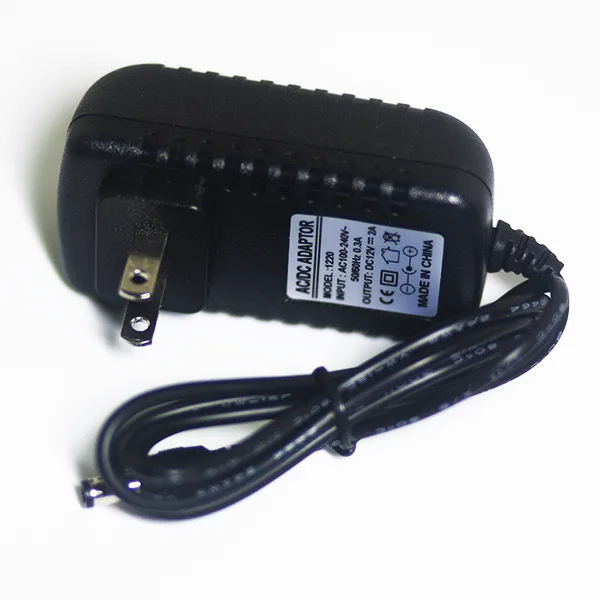There comes the time when it is necessary to control the speed of DC fans to reduce the power consumption and prevent the fans from being excessively loud.
The simplest method of lowering the fan speed involves reducing the voltage delivered, but this results in power loss and is limited on the range of speed control.
Direct current fans, both 2-Wire and 4-Wire, can be driven by Pulse Width Modulation (PWM). PWM adjusts the fan speeds up or down, depending on the duty cycle of the input signal.
2-Wire PWM (Power Switching)
Any 2-Wire fan can be be crudely controlled by a 2-Wire PWM controller that cycles the power to the fan on and off to adjust the output fan speed. This type of controller can also be used to manipulate other electronics such as LEDs, efficiently lowering or raising the brightness.
However, since fans store charge in a magnetic field, every time the fan is cycled off, the coils release a surge of current that can damage the internal and external circuits. At minimum this must be resolved by implementing a flyback diode.
4-Wire PWM (Signal Switching)
The 4-Wire PWM controllers can read the speed of the fan and send a signal to the MOSFET controlling the fan's coils. This, in conjunction with the circuit protection employed in 4-Wire fans, prevents internal and external circuits from being damaged when the coils are cycled.
In conclusion, a 4-Wire fan with a 4-Wire PWM controller will prevent the risk of damage to the fan's internal components.
Most of the 4-Wire PWM controllers on the market are designed to be used with a computer, not an external power source. Therefore, we were forced designed and manufacture our own controller right here in Texas.
PWM for 2-Wire Fans
- PWM for 2-wire fans controls the speed of a fan by switching the power to the fan on and off; a low duty cycle will result in a low fan speed and a high duty cycle will imitate the fan at full speed.
- Power-based PWM can cause to damage to 2-wire fans without protection such as a flyback diode; 4-wire fans can also be damaged if they do not have circuit protection.
- Under very low duty cycles DC fans can stall, overheat, and damage themselves.
- Good for: crude fan speed control, LED brightness, adjusting power delivered under a fixed voltage.
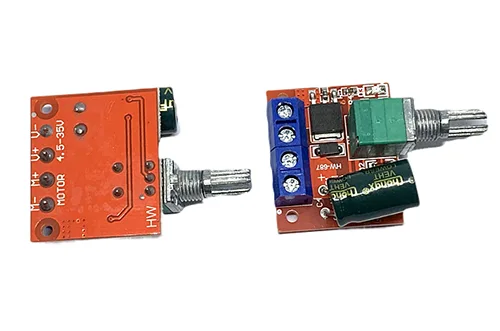
PWM for 4-Wire Fans
- A true PWM controller requires a 4-wire PWM fan, so a signal with a varying duty cycle can be used to control the fan speed by allowing more power through the internal MOSFET controlling the fan's coils.
- The PWM controllers for a 4-wire fan are more quiet than ones for a 2-wire fan.
- Higher minimum duty cycles and monitoring the tach signals prevents fans from stalling.
- Good for: energy efficient fan speed control.

Our 4-Wire PWM Fan Controller
- 5V or 12V DC Fans
- 2A Current Max
- 15-95% Duty Cycle
- Radial knob with Off/On position
- Epoxy encased for circuit protection
- No soldering required!
- Made in the USA with US and foreign components
4-Wire PWM Fan Controller
$35
Voltage: 5-12 VDC
Max Current: 2 A
Connector: 5.5x2.1-2.5 mm
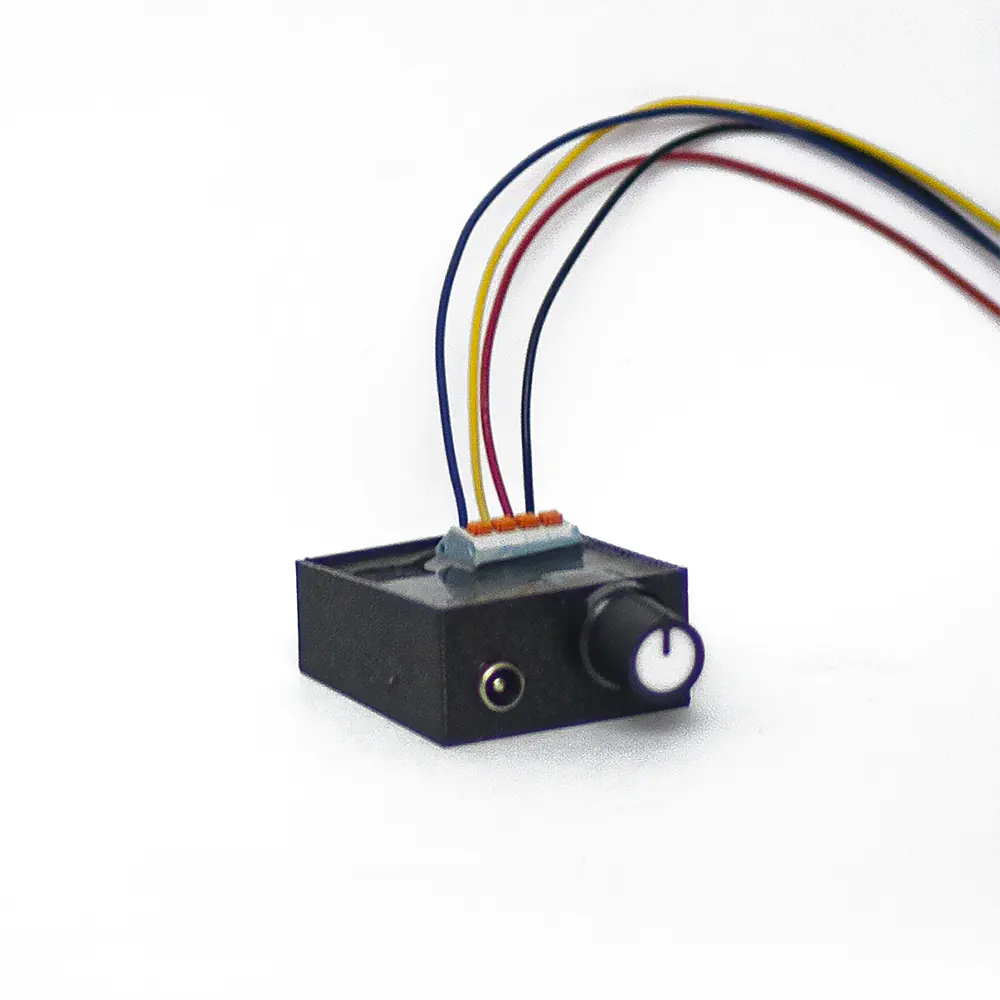
115 CFM 4-Wire Fan
$16
Voltage: 12 VDC
Power Consumption: 4.8 W
Static Pressure: 0.41 inHO
Max RPM: 2600 RPM
Decibel Rating: 41 dB
Dimensions: 120x120x38 mm
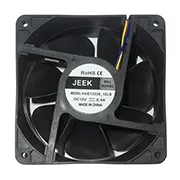
178 CFM 4-Wire Fan
$30
Voltage: 12 VDC
Power Consumption: ~18 W
Static Pressure: 0.94 inHO
Max RPM: 4200 RPM
Decibel Rating: 54 dB
Dimensions: 120x120x38 mm
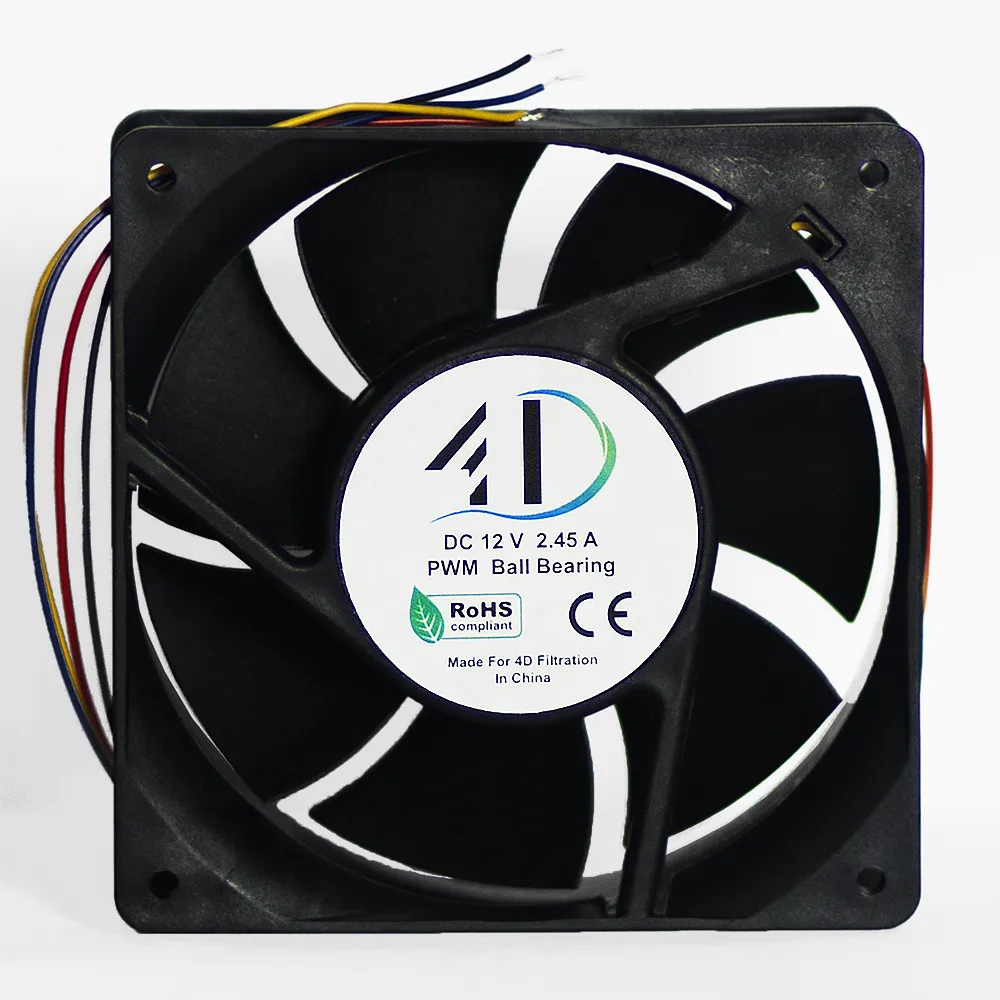
Disclaimer: You assume all responsibility and risk for the use of, but not limited to, the resources, advice, and opinions of 4D Filtration or its employees. 4D Filtration or its employees do not assume any liability or create any warranty for the use of any information. 4D Filtration may receive commissions for referral links. Prices are approximated for simplicity and they may fluctuate due to sales or markdowns. Amazon .com should refer you to your local amazon site if you are not in the United States; there is a chance Amazon's link redirect system will take you to a different product.
